Seasonal Yard Service Benefits
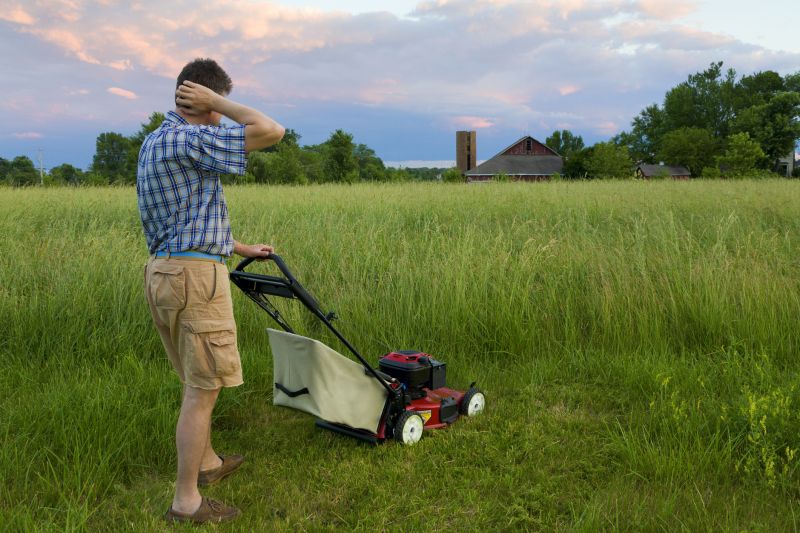
Spring is an ideal time for yard service to prepare lawns for the growing season, addressing winter damage and promoting healthy growth.

Summer involves regular upkeep such as mowing, watering, and pest control to maintain a lush and healthy yard during peak growth.

Fall is suitable for clearing debris, aerating, and preparing the yard for winter dormancy, ensuring healthy regrowth in spring.

Ways to make Periodic Yard Service work in tight or awkward layouts.
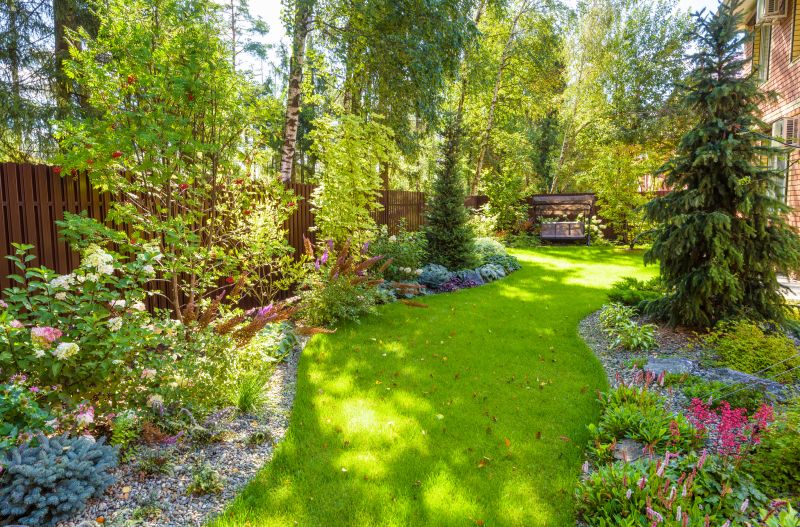
Popular materials for Periodic Yard Service and why they hold up over time.

Simple add-ons that improve Periodic Yard Service without blowing the budget.

High-end options that actually feel worth it for Periodic Yard Service.
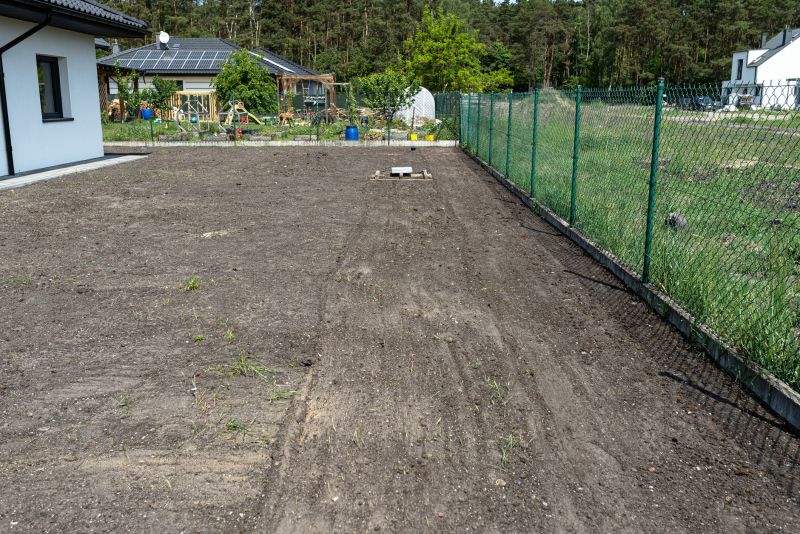
Finishes and colors that play nicely with Periodic Yard Service.
Periodic yard service involves scheduled maintenance tasks that keep outdoor spaces healthy, attractive, and functional. Regularly scheduled services can include mowing, trimming, fertilizing, aeration, and debris removal. These services help prevent overgrowth, control pests, and promote healthy turf and plant life. The timing of these services depends on seasonal changes, regional climate, and specific yard conditions.
Spring yard service is best performed when soil temperatures reach about 55°F, typically in early to mid-spring, to promote healthy growth.
Summer services help manage heat stress and drought conditions, maintaining yard vitality during the peak growing season.
Fall services prepare the yard for winter, reducing debris buildup and improving soil health for the next season.
Climatic differences influence optimal service timing, with warmer regions requiring earlier spring and later fall interventions.
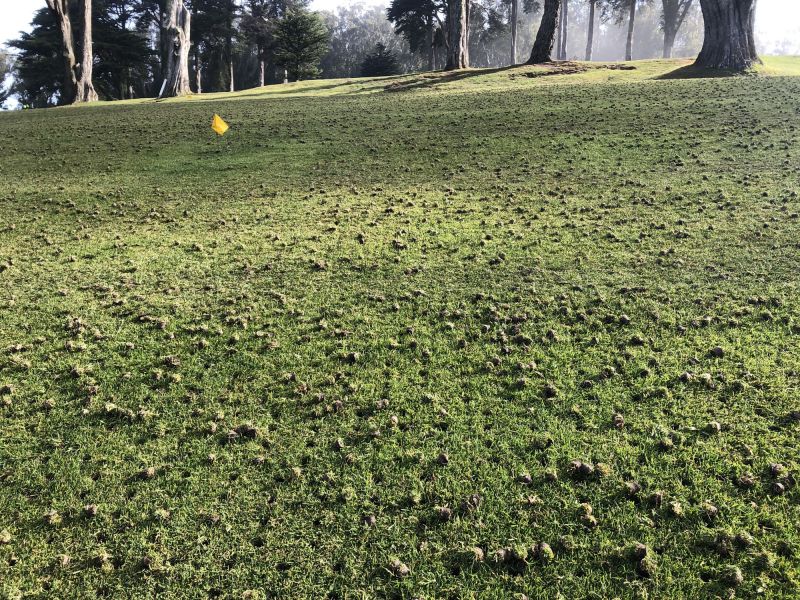
Early spring is ideal for fertilization and aeration to stimulate growth.
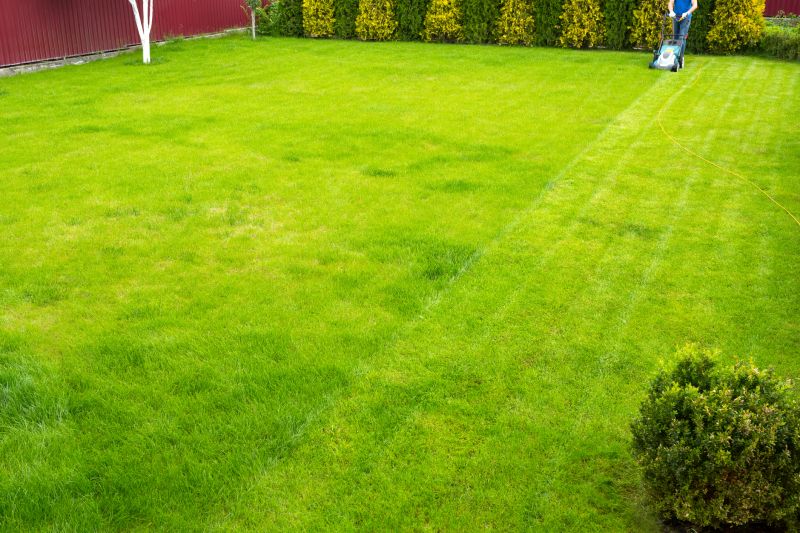
Regular mowing and watering keep lawns healthy during hot months.
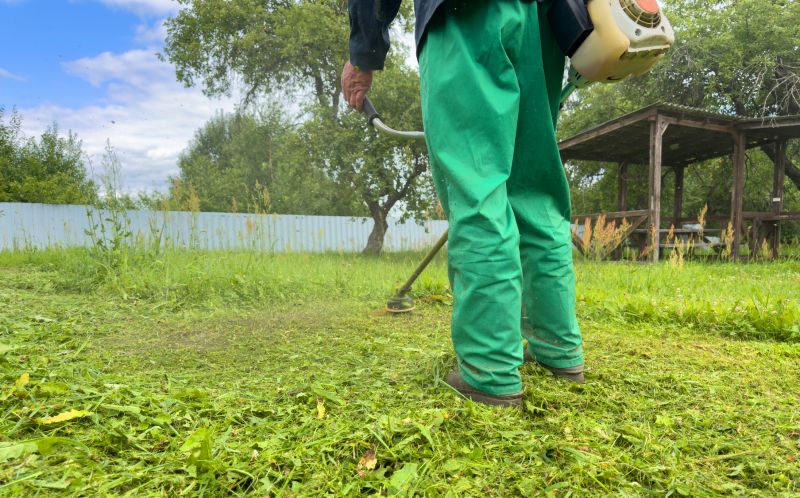
Leaf removal and soil treatment prepare the yard for winter.
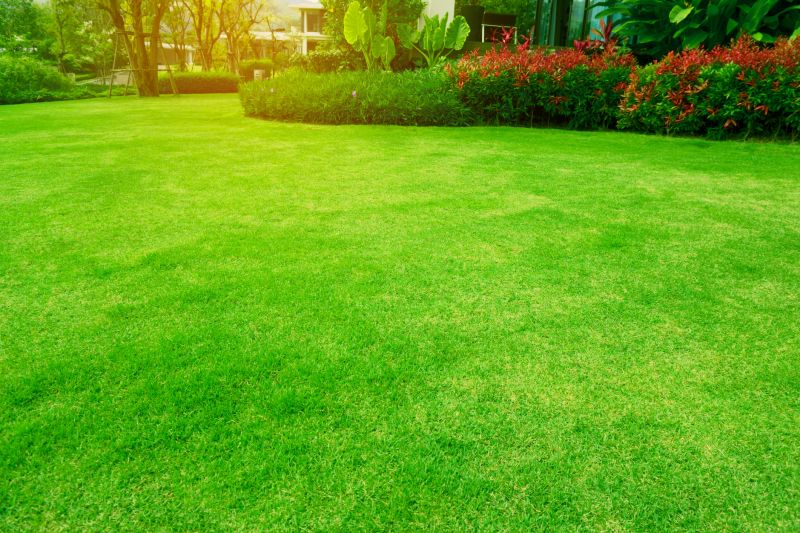
Consistent maintenance ensures a vibrant landscape throughout the year.
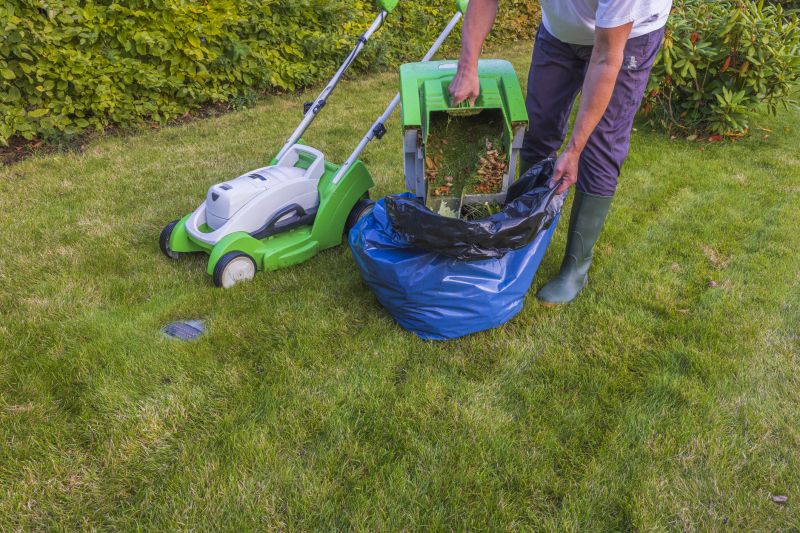
A 60-second routine that keeps Periodic Yard Service looking new.

A frequent mistake in Periodic Yard Service and how to dodge it.
| Season | Recommended Tasks |
|---|---|
| Spring | Fertilize, aerate, overseed, prune |
| Summer | Mowing, watering, pest control |
| Fall | Leaf removal, soil conditioning, aeration |
| Winter | Minimal activity, preventive treatments |
Timing yard service appropriately throughout the year maximizes the health and appearance of outdoor spaces. Proper scheduling aligns with regional climate patterns, ensuring tasks are performed when they are most effective. Regularly scheduled maintenance can reduce long-term costs and improve yard resilience.
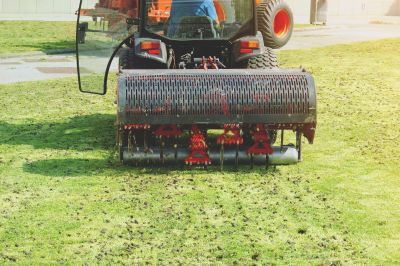
Aeration improves soil health by allowing better water and nutrient penetration.

Pruning at appropriate times encourages healthy growth and flowering.

Removing leaves and debris prevents disease and pest issues.
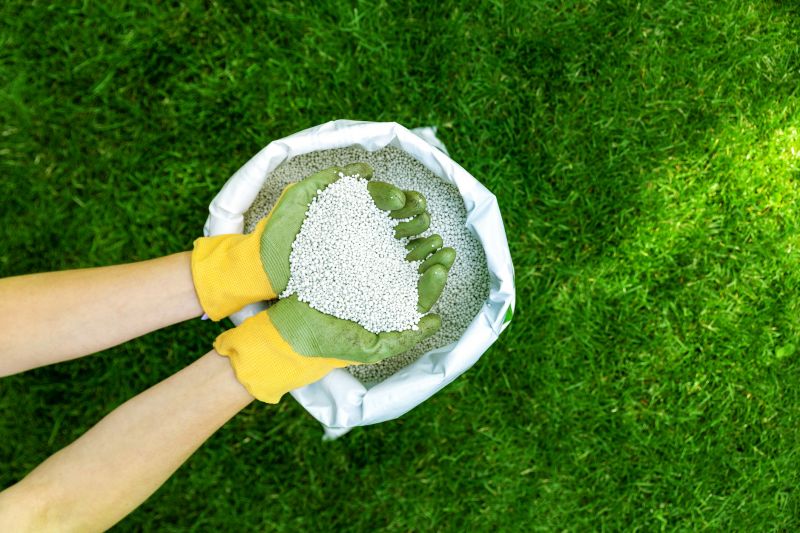
Applying fertilizer at strategic times boosts turf and plant vitality.
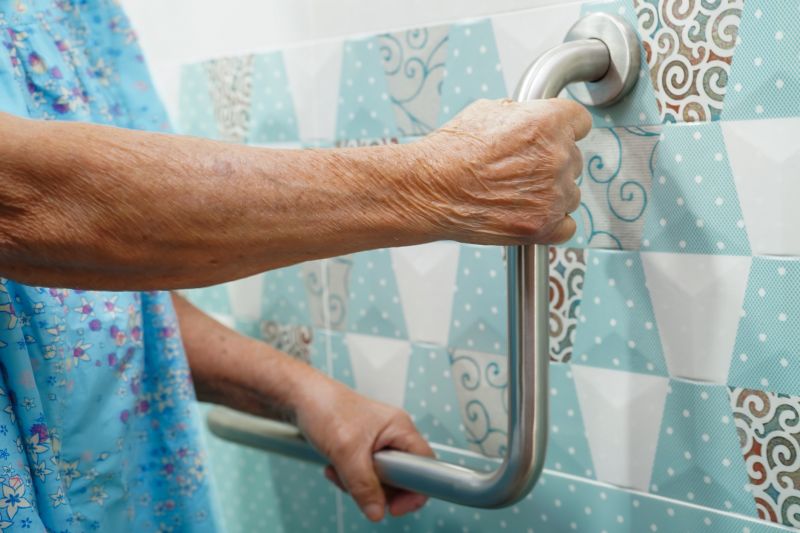
Small tweaks to make Periodic Yard Service safer and easier to use.
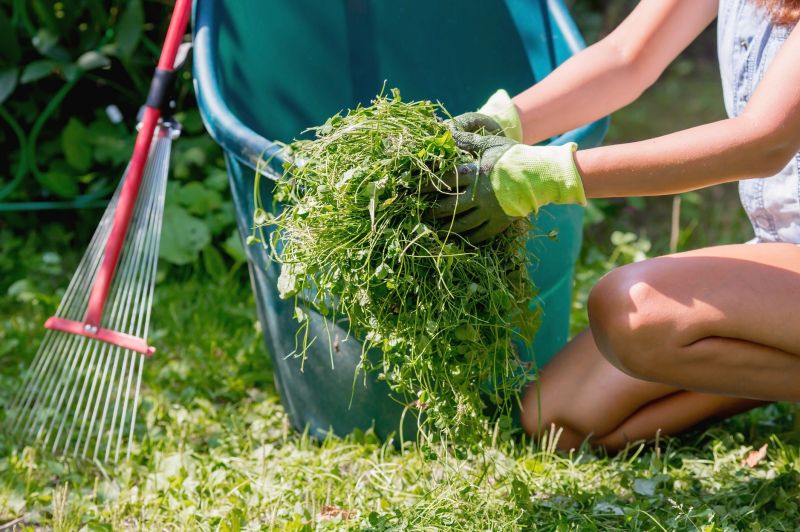
Lower-waste or water-saving choices for Periodic Yard Service.
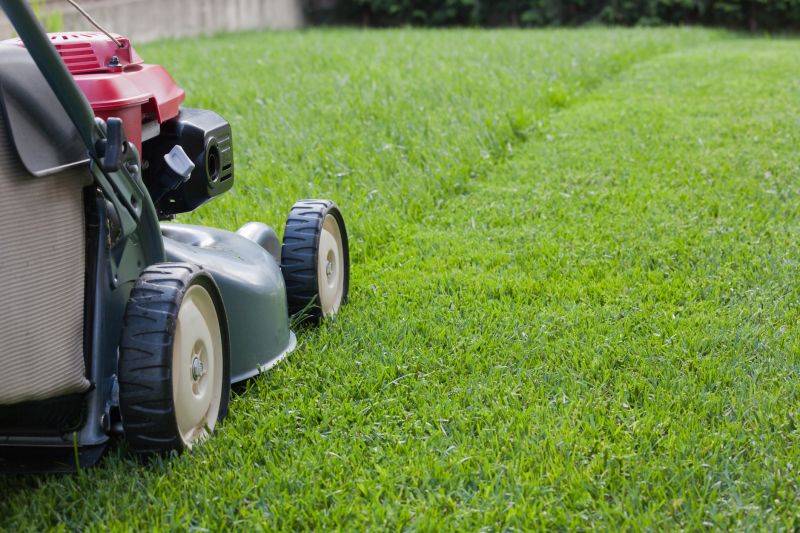
The short, realistic tool list for quality Periodic Yard Service.

Rough timing from prep to clean-up for Periodic Yard Service.
Interested in scheduling periodic yard service? Filling out the contact form can provide tailored recommendations based on specific yard conditions and regional climate. Regular maintenance helps maintain a healthy, attractive landscape year-round.
